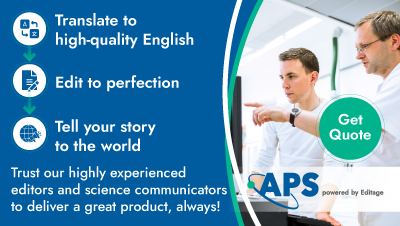Abstract
Near-term quantum algorithms require high-performance entangling gates in a scalable quantum processor, and Mølmer-Sørensen (MS) gates on trapped ions have achieved some of the highest entanglement fidelities to date. However, technical noise that induces small changes in the motional frequencies of the ion chain is a dominant error source in these gates that limits scalability. Here, we report an improved MS-gate design that mitigates the impact of motional-frequency changes by using a class of laser waveforms with three salient features: a spectrally compact Fourier transform, a constant frequency that balances contributions to the MS-gate rotation angle from all motional modes, and a simple parameterization. Together, these features suppress residual coherent displacement of the motional modes, generate robustness to rotation-angle error, and provide low technical complexity and computational overhead. As a proof of concept, we implement this gate design on a four-ion chain, achieving a fidelity reduction over a kHz range of frequency offset from the calibrated detuning. We also analyze the applicability of our gate design to longer ion chains through numerical simulations of our gate design on chains of up to 33 ions. This robustness to motional-frequency changes represents an order-of-magnitude improvement over the more complicated waveform-shaping techniques that currently dominate the robust-gate literature, and our simulations predict that a high level of robustness can be maintained in these systems for longer ion chains. In addition, the robustness and simplicity of our approach promises to accelerate the development of quantum architectures that invoke long algorithmic runtimes and frequent calibration.
4 More- Received 29 November 2022
- Revised 10 May 2024
- Accepted 21 May 2024
DOI:https://doi.org/10.1103/PhysRevApplied.22.014007
© 2024 American Physical Society


